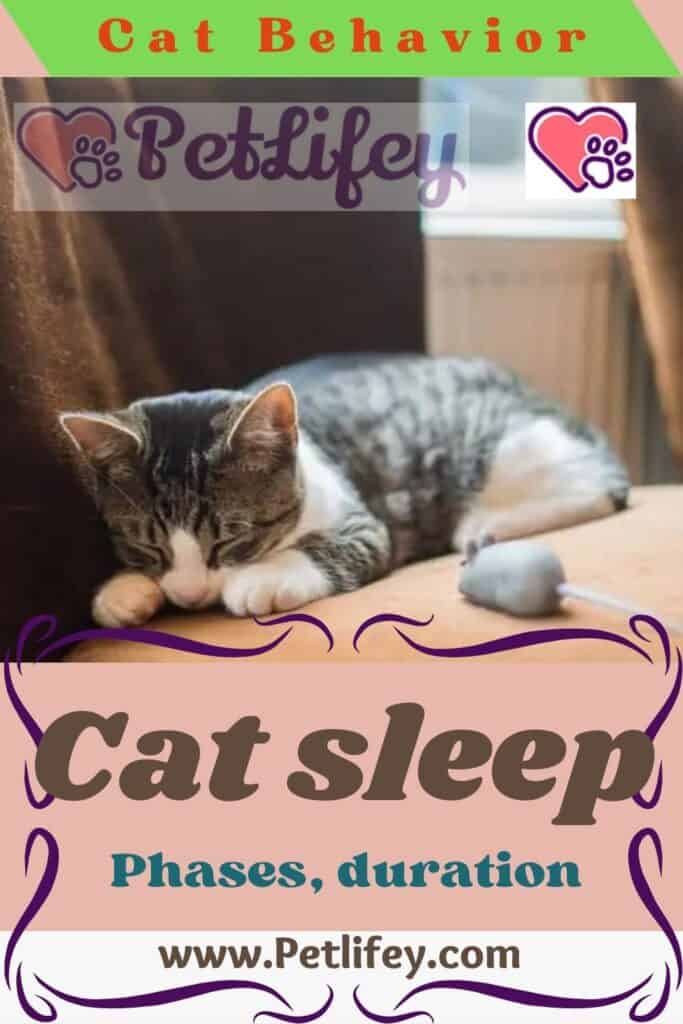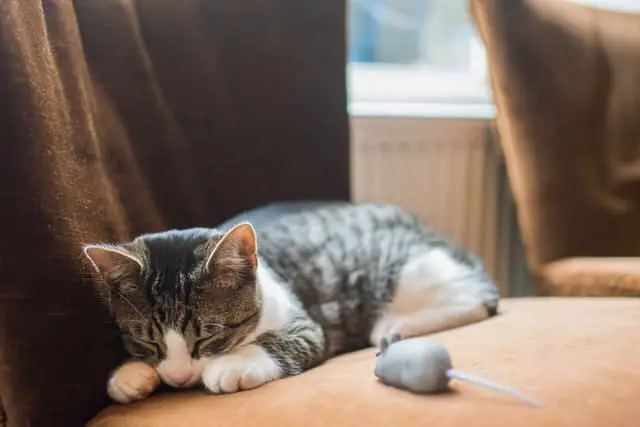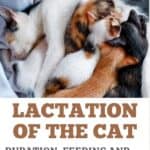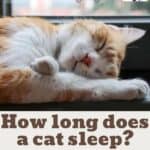
It seems that it is always sleeping but in reality the cat’s sleep has a very specific average duration: this is what its sleeping habits are.
It seems that every place is right for our cat to take a nap: in reality, the average sleep duration of a cat is almost always the same, unless there are health problems. In the latter case, the best thing to do is to consult your veterinarian and rule out any pathologies. But how do cats rest and what are their favorite places to relax? It seems that often, unlike their owners, they love to live at night and recover their strength during the day: this and much more about cat sleep.
The sleep of the cat: how many hours it sleeps
If we always see him taking little naps during the day, let’s not be alarmed! It is completely normal for a cat not to sleep continuously for many hours but to recover in flashes throughout the day. Generally the hours of rest of the cat on average are around 13 and 16 hours a day : a good rest then! Apparently only two animals in the wild, the opossum and the bat, sleep longer than our feline friend. In fact, these can get to rest for 20 hours a day.
During the day it often happens perhaps to see him leaning on sofas, armchairs or next to comfortable and warm beds prepared especially for him. This is also part of his rest, given the cat’s habit of going out in the evening or in any case his difficulty in falling asleep when his owner (and the rest of the neighborhood) would like to sleep.
The cat sleeps a lot: possible causes
Basically the two main reasons why a cat sleeps, especially in daylight hours, are: its habit of wandering at night and its diet. Let’s see them individually.
- Being a predator by nature and having an absolutely incredible sight, which allows it to see well even in low light the prey to be captured, the cat loves to live the night. The darkness in fact allows him to move without being seen by the victim he has decided to capture. This reason is closely linked with its diurnal need to recover strength: in this way the following evening it will be able to hunt for its prey again the following evening.
- The second reason is related to what he eats: being a carnivore, his meals are all based on meat, therefore rather substantial and heavy. His diet consists of at least two meals a day so it is quite hard to digest and it is easy for him to feel the need to sleep and rest after eating.
Cat sleep: relaxed or alert?
In reality, precisely due to its nature as a hunter, a cat never rests completely or never completely loses its lucidity to react to a possible enemy ambush. Although he rests he will always remain alert and alert enough to fight the danger. So it is a rather light sleep, so much so that at the slightest noise we could see it jump on its paws. His hunter DNA therefore forces him to always be ‘adrenaline’, with a considerable expenditure of energy: therefore, even if the night hunting phase does not last long, in reality the energy consumption is very high and needs to be recovered during the day. .
Although it is a matter of ‘rest’ rather than actual sleep, the cat loves to be comfortable and always chooses the places that best suit its needs. In fact, if it is satisfied with sleeping in ‘small doses’ during the day, it certainly does not adapt to any place: it must be comfortable and warm, even outside, in a sunny place. Even better if it is a place at the top, a position that allows him to keep everything under control. Cold is also a very important variant: at low temperatures he tends to sleep alone in a corner. In the summer, however, it is easy to see him lie down to let himself be warmed by the sun’s rays.
The stages of sleep

The preparatory phase is characterized by slow and sinuous movements, as if looking for the most comfortable bed for sleeping. When it has found it, it will ‘close’ on itself (in the shape of a donut) and will begin to clean itself and rub itself with the tongue along the entire hair. It is a relaxing ritual that helps him sleep. Once the rest time has elapsed, you are likely to see him stretching, shifting his weight to his hind legs and stretching his front legs.
Established that it is a rest, even the cat’s sleep has a lighter phase, which lasts about thirty minutes, and a heavier phase (REM), the latter characterized by small convulsions. Best not to disturb him when he sleeps: he may have a bad reaction!
The first lasts from 15 to 30 minutes, while the second lasts only 5 minutes: during light sleep, or a state of semi-sleep, the cat assumes a position that is not too comfortable, so that you can immediately shoot if necessary. He might even wiggle his tail and ears, and maybe have his eyes open, as if he were always on the alert.
In the REM phase, on the other hand, the whole body will seem more relaxed, albeit with some jerking movements of the legs: but it doesn’t last long!






